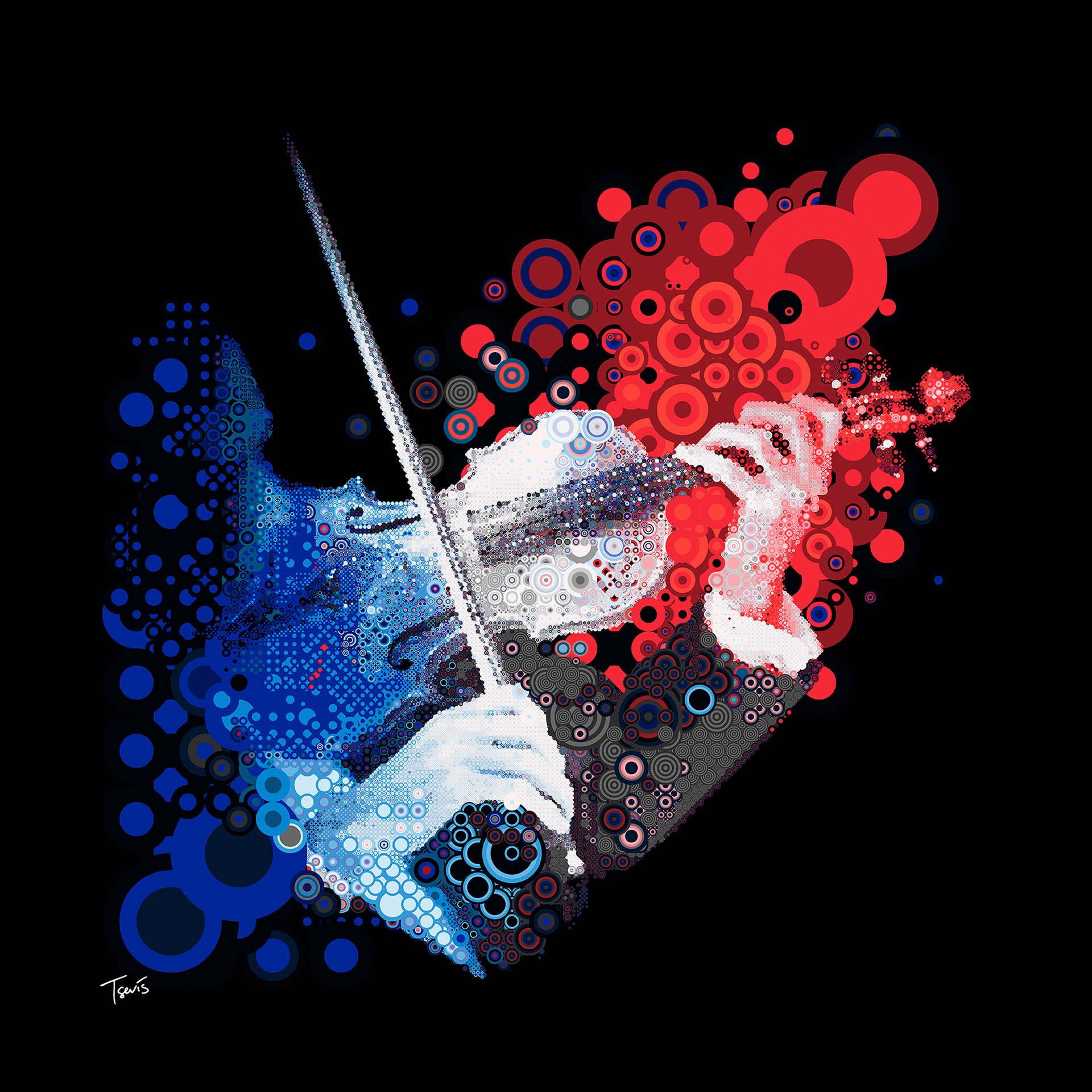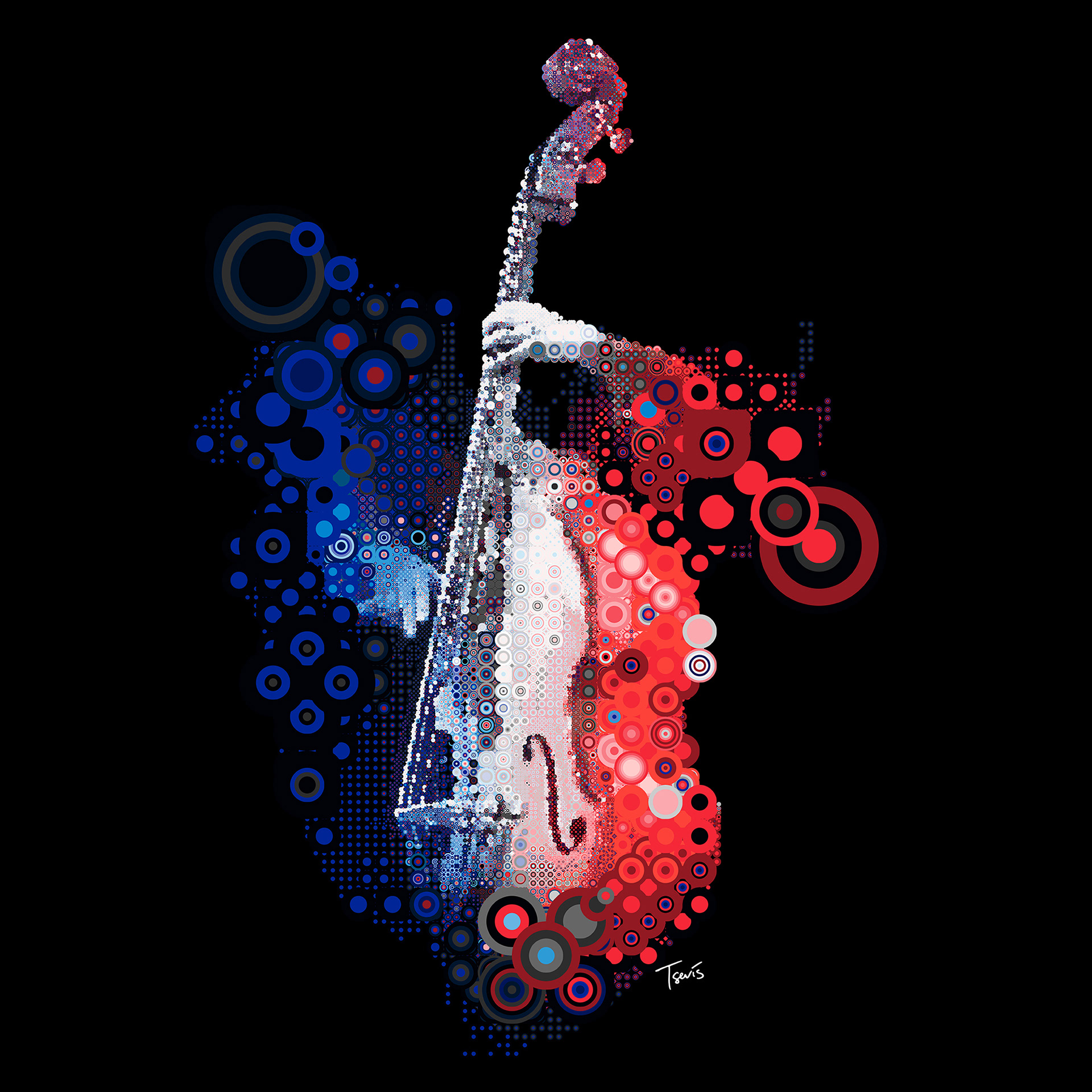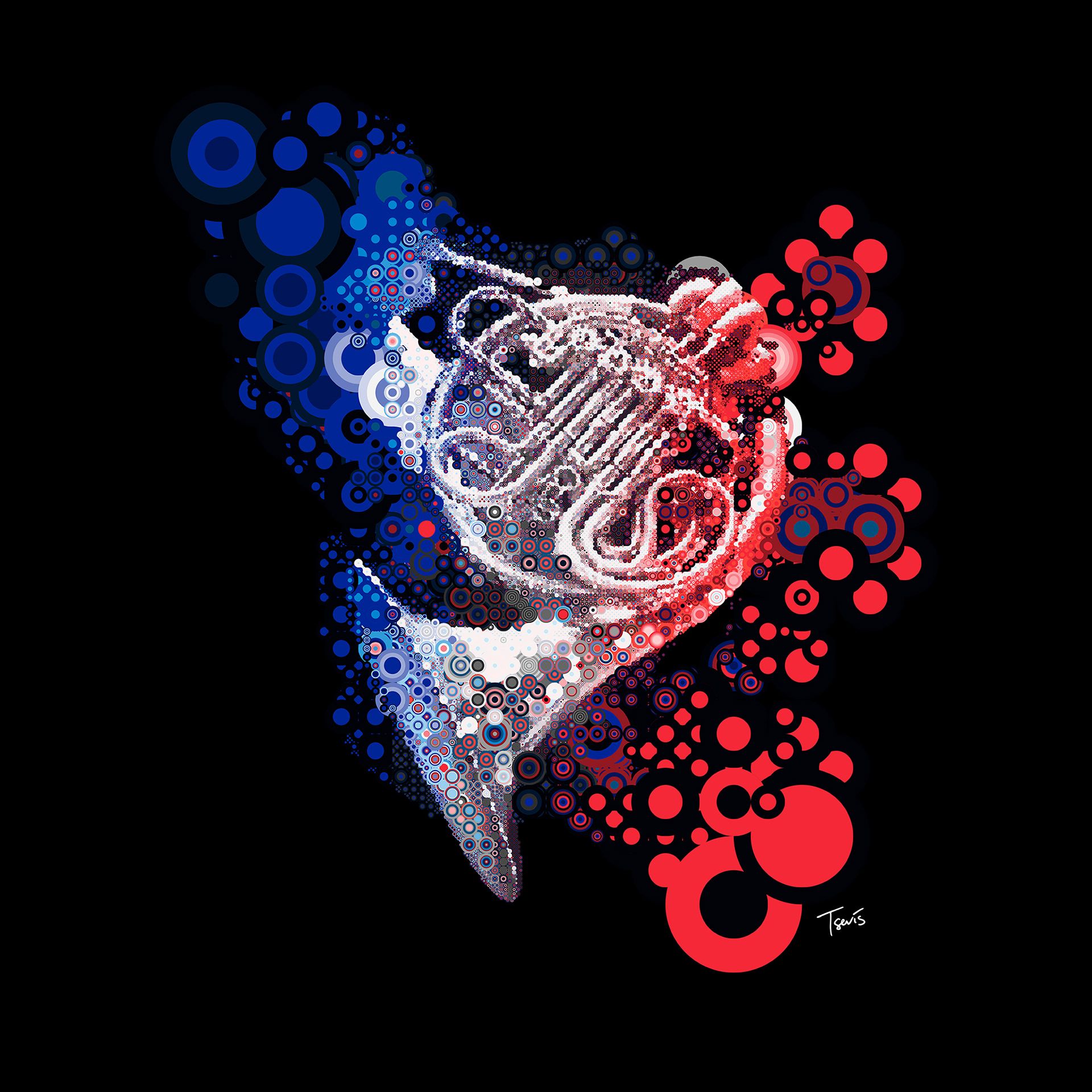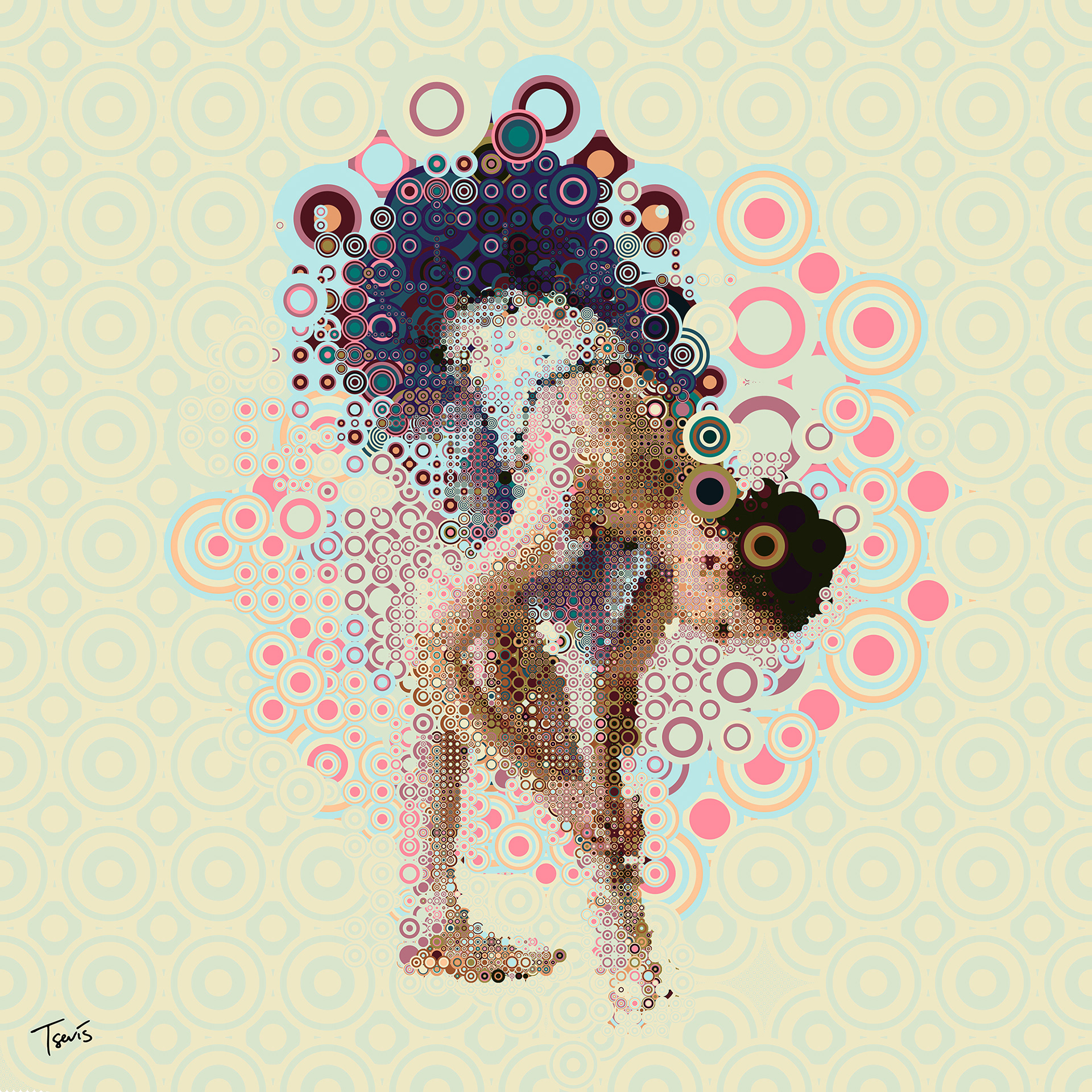The following is a speech at the 3rd Greek Graphic Design Conference Desicon 05, Athens 14.05.2005, organized by Credis Visca
"Good artist's copy. Great artist steal!"
Pablo Picasso
"Good artist's copy. Great artist steal!"
Pablo Picasso
Influential figures in the creative professions have echoed this controversial phrase. But what did Picasso mean by "good artists copy, great artists steal"? Was he advocating for creators to engage in theft? How did this notion of stealing align with the greatness of artists?
The Perspective of Cameron: Learning Through Copying
A Google search of the phrase yields numerous interpretations. I have chosen to share the perspective of Cameron Moll, a web designer from the United States.
In his interpretation, Cameron acknowledges that to become a skilled creator, one must learn from existing works by copying them.
"Through copying, you begin to see the positive, conventional side. Building a website based on the same foundation as another, especially in composition and information architecture, ultimately leads to efficiency and intuitive user experiences."
Building on Existing Foundations
It is no coincidence that countless online stores worldwide are built upon the foundations established by Amazon. Over time, Amazon and other retailers have evolved and diversified their structures, taking their creations to the next level. According to Cameron, this progression involves stealing from oneself.
During this stage, one delves into their archives, comprised of deconstructed and reconstructed systems, to identify elements of interest. Designs that have proven successful with one client can be recommended to another. One might also aim to complete unfinished projects alone or with others. Once this stage is exhausted, it is time to move on to the third and final stage: theft!






The Art of Concealing Sources
But what makes a good thief?
The one who remains undetected, of course! Just as the Beatles incorporated elements from classical, jazz, and blues traditions into their works, Moll has a friend, designer Jesse Bennett, who assists him. Bennett likes to sign his emails with a quote from another influential figure, Albert Einstein: "The secret to creativity is knowing how to hide your sources."
Undoubtedly, achieving this requires great skill and, not to mention, ingenuity. Indeed, this perspective holds its validity. However, creative individuals understand that the matter is much simpler. The easiest way to conceal an artifact's source is to utilize one already hidden.
Seeking Rare Gems and Transforming Appropriation
Let's delve deeper into this concept. "Picasso hardly meant that great artists steal well-known designs," asserts Wes George, an online friend of Cameron Molls and a reporter for Mac Observer.
"What Picasso implied was that great artists search through the vast pile of discarded, forgotten, and overlooked ideas to find rare gems. Let us recall David Carson's testimony, where he confessed to discovering ready material for his creations among the discarded works of photographers and other designers."
"Picasso suggests that great artists are not caught stealing because they transform what they appropriate to such an extent that it becomes uniquely their own. As a result, everyone believes that the great idea was theirs from the beginning."
The Evolution of Creativity: Imitation, Composition, and Originality
I, too, have friends who help me in my writing and drawing endeavors. One such friend is a font designer. Speaking at the 1st International Typography and Visual Communication Conference in Thessaloniki (ICTVC), Panos Vassiliou shared his perspective on the creative production of typographic elements. According to Panos and his sources, these stages involve imitation, creative composition, and perhaps, in the end, originality.
"It is a model that often incorporates the element of copying in its early stages, consciously or unconsciously. Neither the largest companies nor the most prominent designers have avoided this approach in their initial steps. For example, Bodoni has often been accused of 'borrowing ' elements from Fournier, Baskerville, and especially Didot."
When addressing young creators who often harbor misconceptions about originality, Vassiliou clarified that "this model should not concern us if we view it as part of a broader context of evolution rather than stagnation. It is an evolution aimed at approaching originality."



And if my friend describes the coming-of-age process of an artist with directness and honesty, another online friend and an email chat come along to explain to me all the layers of creation.
At the same time, explain the hidden fears and complexes of a creator who approaches the work of another.
My friend's name is Charalambos Kontopanagos. He is a journalist, musician, graduate sociologist candidate, Ph.D. in Sociology of Music, and more. We met on some creative forums and exchanged emails on the authorship of the artistic work. His music studies seemed helpful, and I admit I wanted to dig through his "trash bin."
At the same time, explain the hidden fears and complexes of a creator who approaches the work of another.
My friend's name is Charalambos Kontopanagos. He is a journalist, musician, graduate sociologist candidate, Ph.D. in Sociology of Music, and more. We met on some creative forums and exchanged emails on the authorship of the artistic work. His music studies seemed helpful, and I admit I wanted to dig through his "trash bin."
At one point, I wrote to him about the ethics of crediting a project he made using a sample from someone else. I am quoting the excerpt of his message exactly as I read it, believing there is no need to filter or distort it.
It fits perfectly with my text.
A Musical Example: Exploring Rhythms and Melodies
"I agree 100%. However, I wonder about the collective consciousness (or unconscious) that constitutes a common aesthetic foundation throughout the centuries for each cultural group and is formed by small pieces that "don't get thrown away" but remain and resurface to create the "style," the "way," the "path," the "tradition"... and the use of these elements (without anyone noticing) can belong to any creator. Let me give you a musical example (because music is the meeting of aesthetics with mathematics - just like Architecture)."


An Enchanting Journey with Rachmaninoff's 3rd Concerto
"Beyond melodies (falls, divisions, interval resolutions, harmony, etc. - empirical to the ear and mathematically proven how they should move), I'll ask you...
The rhythm of the Kalamatianos, or the Tsamiko, or the Balos... who could it belong to? How significant can the shift of an eighth note be in a rhythm? It could be something or nothing, but it can also be everything...
And since it came to mind now, entirely between us and friendly, I'll tell you a personal experience: (Note: Don't worry. I got permission before sharing this publicly.)
I used to listen to the 3rd concerto by Rachmaninoff four to five times a day because it seemed pretty complex, and I would get lost or absorbed in it during the 40 minutes. I kept listening to it continuously to grasp the pianist's sense of what it's like to have all this inside your head as one thing, like a story... I kept listening, and each time, I discovered something different. Gradually, I felt and found all the connections between the two parts that initially seemed somewhat disconnected... all the hidden stories it holds, the irony, sarcasm, passion, lies... I kept finding them all the time... I must have listened to it 200 to 250 times in two months (without becoming obsessed, just out of tremendous interest as I kept discovering things)...
Indeed, just like in love, when listening was a complete experience, I envied that I didn't have the first impression when I first heard the drunken stumbling, the (then) inexplicable explosions...
Anyway, getting to our point. One night, falling asleep, I thought: "The issue is not Rachmaninoff's. The notes are so strongly connected, so loosely yet unshakably influenced, it can't be... It must be an arrangement of a traditional Russian song."
I woke up in the morning and remembered this thought... and I thought, "Dude, you're being too complex by thinking such a thing in your sleep... Can't you accept that someone can create such a melody?"
Shame on you for being so complex!
Because you know that you can't connect even three notes with such force between them, you can't believe that someone can have such talent. (Of course, the following orchestration is Rachmaninoff's magic, evident in everything he has done, regardless of the musical theme.)
Anyway, I decided to read the person's biography to see where this maniacal inner pressure comes from, which touched me so much and expressed like no other (parenthesis: I adored Tchaikovsky and Rachmaninoff since I was a child)... I read about his struggles... I felt elated first when he mentioned that he considers Tchaikovsky and Rachmaninoff his spiritual fathers... and I felt a second elation when I read that he participated in a group to arrange traditional Russian songs, culminating in the 3rd piano concerto...!
Mosaic portrait of Mari Kawamura
Doctor of Musical Arts ’22, The Ruth Epstein Endowed Memorial Fellow in Piano Performance
I drew two conclusions:
1 - You can distinguish the human from the superhuman... the generations of people who have influenced the notes to fit so harmoniously within a traditional piece cannot be imitated by even an extremely talented individual. The individual and their universe are evident. You immerse yourself in it. The traditional and superhuman grasp you apriori.
2 - There are chains of people who experience the same emotional and spiritual world and face the same fundamental issues of their existence in every era... some more successful, some less so... and at some point, wherever you encounter this path you're on, you connect... Even if you don't know why... (e.g., when I was 15, I adored "All by Myself" for its melody... at 28, I discovered that it was an arrangement of the 2nd part of Rachmaninoff's 2nd piano concerto... the melody was identical...). Such chains (I suppose) are many and not just musical... I began to see that Gauguin and Dalí are in the same chain... the Italian Calvino is 100% in all aspects... even Monty Python's part of this chain... Also, you still see those who took a step further (or many, like Debussy) from this chain and created a new series... like family trees, where after 500 years, someone might seem identical to their distant ancestor, while someone else appears unrelated... but the more you examine them, you find olives in specific spots, sleeping habits, and other small things... Why did I say all this? Certainly not to justify theft, to which I'm highly sensitive, but rather to show the difference between theft and kinship... not through laws. I hope I didn't bore you with my verbosity."
I hope I haven't bored you with my verbosity either.
Thank you very much!
Thank you very much!
